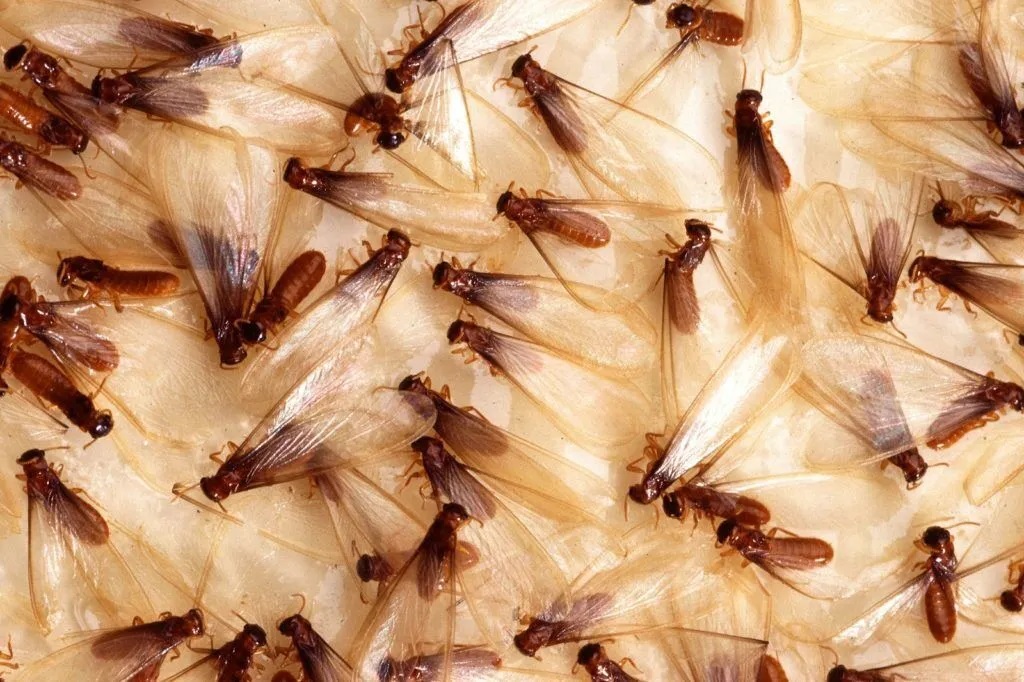Understanding where termites are inclined to be found is key to preventing infestations or discussing them efficiently. In this blog post, we’ll investigate the common habitats of termites and what you attain to keep them at bay.
The Natural Habitat of Termites
Termites are entirely adaptable bugs, successful in a variety of climates and atmospheres. However, they mainly flourish in warm, moist regions, making tropical and subtropical rules their most common residences.
• Subterranean Termites: Underground Dwellers
Subterranean termites are the most entire types of termites, known for their far-reaching secret communities. These termites demand moisture to maintain, often building their nests in the soil. You must know about how to control termites.
They construct elaborate mud tubes to link their underground societies to above-ground food origins, typically forest structures. Homes with water leaks or feeble drainage forms can be specifically invited to underground termites.
• Drywood Termites: Above-Ground Invaders
Unlike their underground counterparts, dry forest termites do not need uninterrupted trade soil. They favor dry wood and are frequently found in dead forests, wooden structures, and desks.
These termites can live in drier conditions, making their tendency into homes through restricted cracks or infested matters. Drywood termites are more sensible, often going ignored just before meaningful damage has happened.
• Dampwood Termites: Lovers of Moist Wood
True to their name, damp wood termites are attracted to forests with extreme liquid content. They are usually found in crumbling logs, stumps, or damp districts of a home. Bathrooms, basements, or some fields accompanying determined dampness problems can enhance hotspots for damp wood termites.
These termites are less prevalent in dwellings extents but can still pose a threat if surroundings are right.
Signs of Termite Infestation
While termites often operate under the radar, various signs could display their presence:
• Mud Tubes:
Subterranean termites build pencil-sized mud tubes for security. These can often be visualized on foundation walls or inflexible structures.
• Hollow-Sounding Wood:
Tap on stiff structures. If they sound hollow, termites’ ability have consumed the interior.
• Frass:
This is the term for termite excrement. It often mirrors small pellets and can take place near infested fields.
• Discarded Wings:
Swarmers, or reproductive termites, discard their wings afterwards mating. Finding piles of wings is a powerful indicator of a nearby community.
Prevention Tips
Preventing termite infestations includes regular inspection and sustenance:
• Reduce Moisture:
Fix leaks and ensure decent drainage in your home.
• Store Wood Properly:
Keep firewood and lumber external to your home and off the ground.
• Seal Entry Points:
Repair cracks in foundations and break around windows and doors.
• Regular Inspections:
Engage professional pest control services for orderly termite inspections.
Conclusion
Understanding where termites are typically erect can assist homeowners in taking preventative measures. While termites are mesmerizing creatures in their nature, their vicinity in our households should be trained cautiously to prevent damage. By staying informed and proactive, you can care for your home from these silent trespassers.




